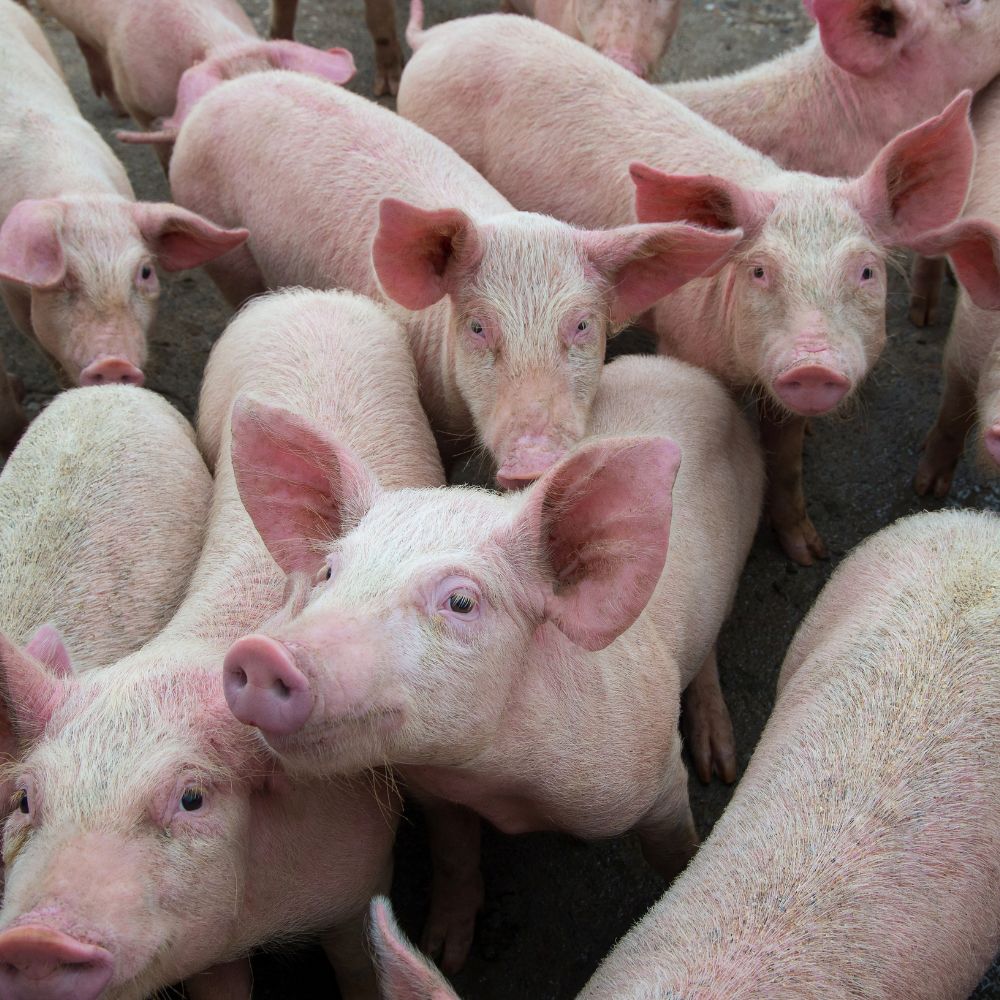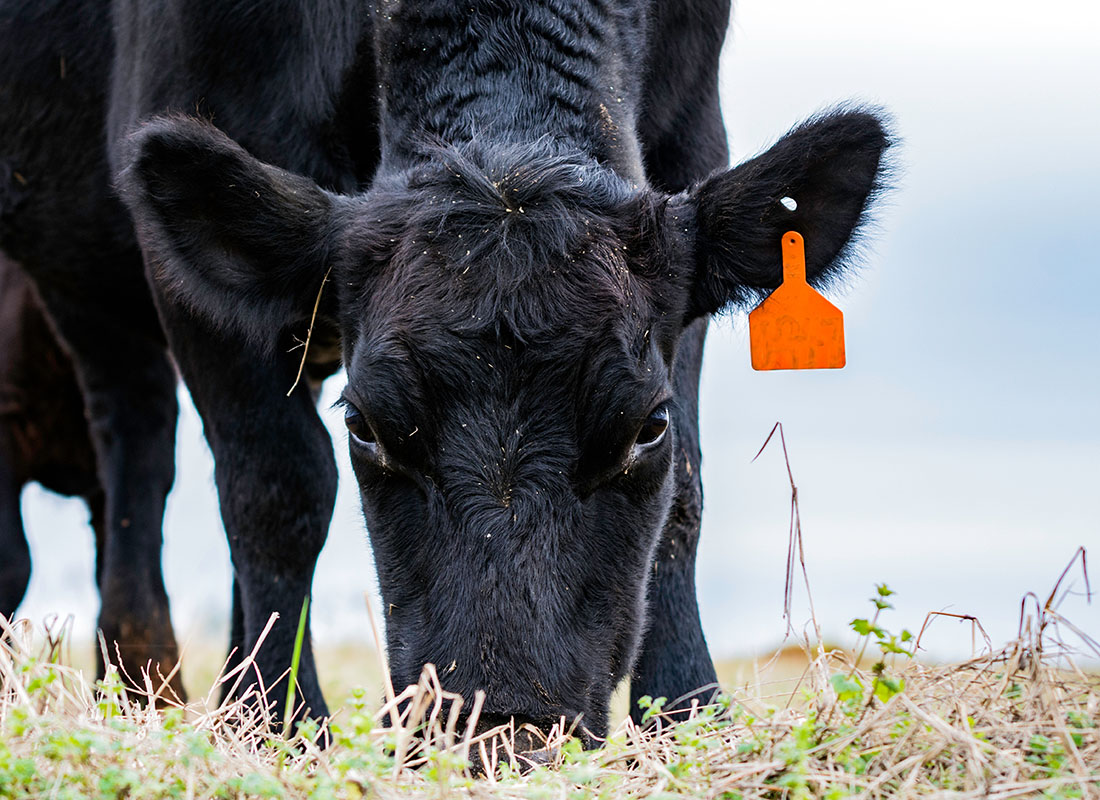Secret Variables to Consider When Picking Livestock Risk Protection (LRP) Insurance Coverage
When evaluating options for Livestock Risk Protection (LRP) insurance, several key elements require mindful factor to consider to make certain reliable threat monitoring in the farming market. Selecting the best coverage alternatives customized to your particular livestock operation is paramount, as is understanding how exceptional costs associate with the level of security offered. Furthermore, the eligibility criteria for various kinds of livestock and the versatility of the plan to adjust to altering scenarios are critical aspects to weigh. Furthermore, the efficiency and transparency of the cases procedure can substantially impact the total experience and monetary results for livestock producers. By strategically browsing these essential factors, manufacturers can guard their investments and mitigate possible threats efficiently.
Coverage Options
When thinking about Animals Threat Security (LRP) insurance, it is essential to recognize the different protection options readily available to mitigate dangers in the farming sector. Animals Risk Protection (LRP) insurance coverage supplies different insurance coverage options tailored to fulfill the varied needs of livestock manufacturers.
Another essential protection alternative is the endorsement duration, which figures out the length of time the insurance coverage is in result. Manufacturers can select the endorsement period that finest matches their production cycle and market problems. In addition, coverage levels and rates differ based upon the type of animals being guaranteed, giving producers the flexibility to tailor their insurance coverage prepares according to their particular demands.
Recognizing the different insurance coverage choices readily available under Animals Risk Security (LRP) insurance policy is crucial for producers to make educated decisions that efficiently secure their animals operations from market unpredictabilities.
Premium Costs

Animals Risk Protection (LRP) insurance coverage offers crucial protection options tailored to alleviate dangers in the farming market, with a considerable element to consider being the computation and framework of premium costs. These consist of the kind and number of animals being guaranteed, the insurance coverage level picked, the present market prices, historical rate information, and the size of the coverage duration.
Insurance providers evaluate historic data on livestock rates and production prices to determine an ideal premium that shows the level of danger entailed. It is important for livestock manufacturers to very carefully evaluate premium costs and coverage choices to guarantee they are effectively protected against prospective financial losses due to negative market problems or unpredicted occasions.
Qualified Animals
The resolution of qualified livestock for Livestock Danger Security (LRP) insurance protection entails cautious consideration of details standards and attributes. Livestock types that are generally qualified for LRP insurance coverage include feeder livestock, fed swine, livestock, and lambs.
Feeder livestock, for instance, are typically qualified for LRP coverage if they drop within defined weight varieties. Lambs are an Read More Here additional category of animals that can be considered for LRP insurance coverage, with variables such as weight and age playing an important duty in determining their qualification.
Before picking LRP insurance for livestock, manufacturers need to thoroughly examine the qualification standards detailed by the insurance company to guarantee their animals fulfill the essential requirements for coverage.
Policy Versatility
Policy versatility in Animals Threat Defense (LRP) insurance policy allows producers to tailor coverage to fit their certain requirements and run the risk of monitoring techniques. This versatility equips animals manufacturers to personalize their insurance plan based upon variables such as the kind of animals they possess, market problems, and specific threat resistance levels. One key aspect of policy flexibility in LRP insurance is the ability to choose coverage degrees that straighten with the manufacturer's economic objectives and run the risk of exposure. Producers can select coverage degrees that secure them against prospective losses due to fluctuations in animals costs, ensuring they are effectively insured without overpaying for unneeded coverage. Additionally, LRP insurance supplies versatility in policy period, permitting producers to select insurance coverage durations that best fit their production cycles and marketing timelines. By offering personalized choices, LRP insurance makes it possible for producers to efficiently handle their threat exposure while guarding their animals operations versus unexpected market volatility.
Cases Process
Upon experiencing a loss or damage, producers can launch the cases process for their Livestock Threat Defense (LRP) insurance policy by quickly calling their insurance copyright. It is essential for producers to report the loss asap to speed up the cases procedure. When connecting to the insurance service provider, producers will need to supply thorough info concerning the case, consisting of the day, nature of the loss, and any kind of relevant documentation such as veterinary documents or market prices.

After the evaluation is full, the insurance copyright will decide regarding the insurance claim internet and interact the outcome to the manufacturer. The manufacturer will certainly receive payment according to the terms of their Animals Threat Protection (LRP) insurance plan if the insurance claim is approved. It is necessary for manufacturers to be knowledgeable about the claims process to make sure a smooth experience in the occasion of a loss

Final Thought
To conclude, when choosing Livestock Risk Protection (LRP) insurance, it is important to consider coverage options, premium prices, qualified livestock, policy flexibility, and the cases procedure. These crucial aspects will help ensure that herdsmans and farmers are appropriately secured against potential threats and losses connected with their animals operations. Making an informed choice based on these factors to consider can ultimately result in much better monetary safety and assurance for livestock producers.
Livestock Risk Protection (LRP) insurance uses various insurance coverage alternatives customized to meet the varied demands of livestock manufacturers.The resolution of eligible livestock for Animals Risk Defense (LRP) insurance coverage includes careful consideration of specific criteria and characteristics.Plan versatility in Livestock Risk Defense (LRP) insurance coverage permits manufacturers to customize insurance coverage to suit their specific needs and take the chance of management techniques.Upon experiencing a loss or damage, manufacturers can initiate the cases process for their Animals Risk Protection (LRP) insurance coverage by promptly calling their insurance coverage supplier.In verdict, when choosing Animals Threat Security (LRP) insurance policy, it is vital to consider protection options, premium costs, qualified livestock, plan adaptability, and the insurance claims procedure.